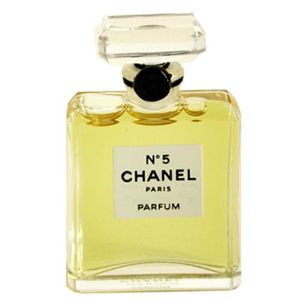Fragrances are part of the fashion industry. Their use suggests glamour, sophistication, romance and ultra-femininity. Applying a fragrance can be considered the final touch to perfect polish. If I don’t put on my perfume, or have unexpectedly run out – I feel incompletely dressed.
Fine fragrances can be categorized according to type and scent.
While some prefer fragrances to be strong, others prefer them to be subtle. Perfume is made up of denatured ethyl alcohol and essential oils – the higher the percentage of the latter, the stronger, longer lasting, and more expensive the scent. Opinions differ on the exact quantities of essential oils that define the different types of fragrances, but here are the big categories:
- Perfume (most essential oils – more than 20%)
- Eau de Parfum
- Eau de Toilette
- Eau de Cologne (least essential oils – less than 5%)
Different scents work for different people, matching their personality, fashion persona and skin chemistry. I find that the following are useful categories for narrowing down personal preferences:
- Fresh – citrus fruits and green leaves
- Floral – jasmine, roses and white flower scents
- Oriental – vanilla and spices
- Woody – musk and moss
Fragrances are offered at an assortment of price points – most of which are on the pricey side. Why? Because rose oil is the basis of all perfume and it takes over a ton of rose petals to produce a pound of this essential oil, which can cost between $3000 and $4000!
I strongly recommend using a fragrance every day. It is one of the most personal messages that you send to those with whom you come into contact, and it will increase your sense of well being. Stay tuned for tips on which fragrances to select and how to apply them.

Coco Chanel invented what is probably the most famous and successful perfume to date. It was the 5th bottle of scent in an assortment that her design house created, so for lack of a better name she called it “Chanel number 5”. It stuck, and the product was marketed under this name.